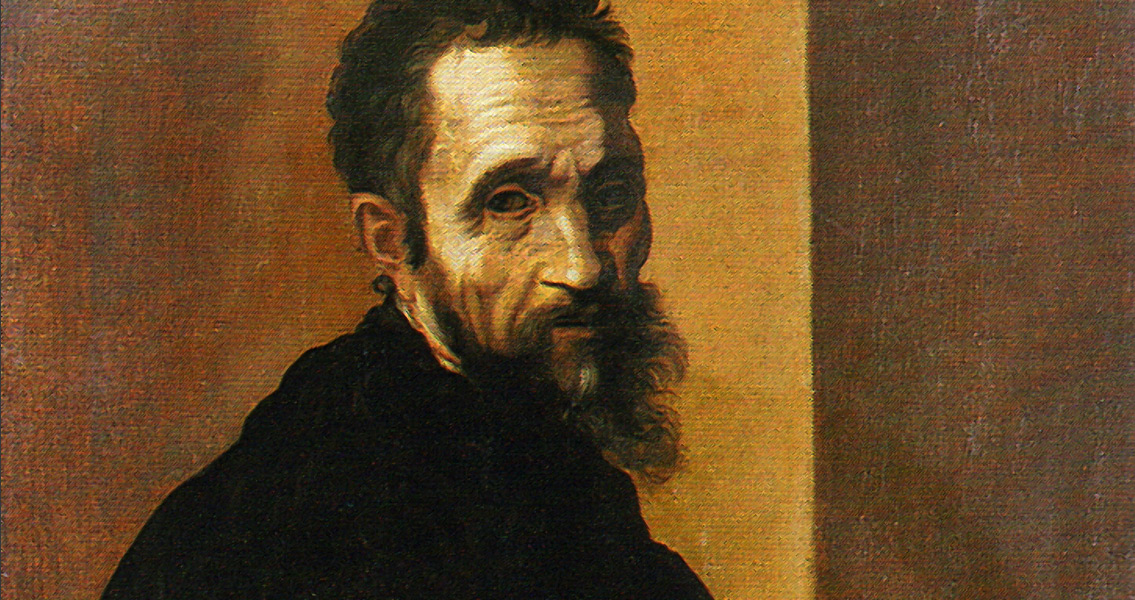<![CDATA[Michelangelo was known to have worked to within days of his death in Rome (February 18.1564), at the age of 88 years old. An amazing feat in and of itself to be sure, and now researchers are reporting that during the final 15 years of his life (at least) he did so with painfully twisted and deformed hands, a result of protrusions caused in part by degenerative osteoarthritis. With no medical images available researchers relied on a careful analysis of the artist’s portraits, looking for discrepancies indicative of the disease’s symptoms. Additionally, historical documents including his biography and personal correspondence were studied and were also supportive of the diagnosis. Three paintings in particular – completed by Michelangelo between the ages of 60 and 65 - show signs that osteoarthritis was present in the artist's left hand. In correspondence from this time Michelangelo confided to his nephew that he was suffering from “gout”, a term used in the period which generally included all arthritic and joint conditions. Osteoarthritis, the most common type of arthritis, affects bone cartilage, tissue which provides a smooth surface for bones in a joint to move against and across one another. Cartilage also acts as a shock absorber and cushion between the bones. As the cartilage begins to break down, the sufferer will experience swelling, pain and restricted movement of the joint. As the disease worsens bones can deteriorate and develop growths which in turn can chip off and move around the joint. In the final stages of osteoarthritis, the cartilage is worn away leading to more joint damage and even more pain. The artist's extensive chiseling and hammering are also likely to have contributed to the deformation of his hands. Considered by many as the greatest artist not only of his lifetime, but of all time, Michelangelo was a prodigious painter, sculptor, architect, engineer and poet during the High Renaissance period. His work is some of the most famous and most lauded in existence, and by the sheer volume of sketches, reminiscences and correspondence he is certainly the best-documented of the sixteenth century. In his “old age”, Michelangelo created a number of sculptures in which he seemingly reflected upon mortality. 'The Victory' was the first, which may have been created for Pope Julius II’s tomb but was left unfinished. The sculpture shows a youthful victor overcoming an older hooded figure, carved with the artist’s own features. Researchers estimate Michelangelo first began experiencing symptoms of osteoarthritis between 1547 and 1553, while he was working on the Deposition (or Florentine Pietà), with the disease progressing up until his final and unfinished sculpture: the 'Rondanini Pieta'. By this time, the hands responsible for painting the Sistine Chapel, designing St. Peter’s Basilica and Sculpting David were unable to write anything more than his signature. The research team included experts in aesthetic and plastic reconstructive surgery, rheumatology, and history from the Villa Salaria Clinic, the Marco Matucci-Cerinic, Florence University and the university of New South Wales, Sydney, Australia, respectively.]]>
Medical Condition Left Its Mark in Michelangelo’s Works
